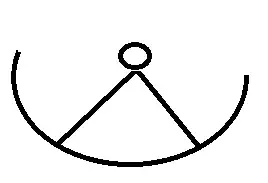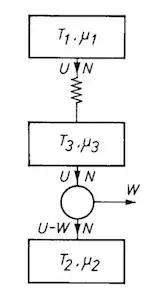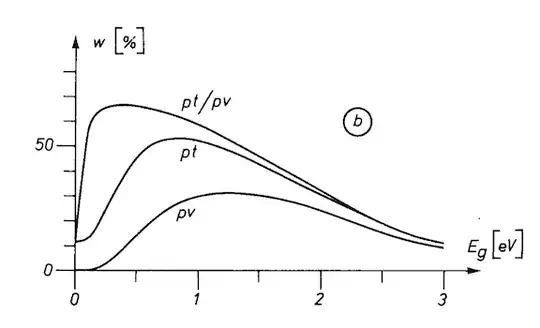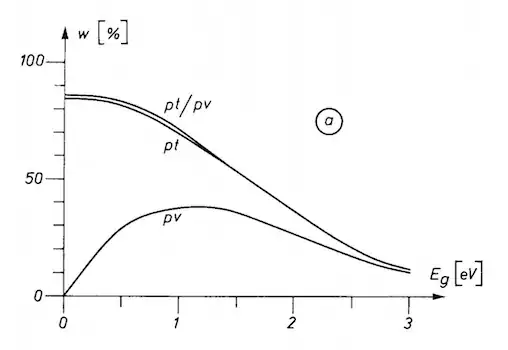As far as I know, there are currently two main approaches to utilising solar radiation for maximum energy conversion to electricity. These are either direct conversion to electricity, using photovoltaic arrays, or the use of simple mirrors to concentrate heat onto a pipe carrying a working fluid to a heat exchanger of some kind.
Edit: There are earlier posts regarding mirrors and votes to close on those grounds but I don't invoke mirrors of any kind in this OP.
My question is: Is it possible, (or is it already current practice in some solar arrays?) to combine these two methods, for increased efficiency in the capture of solar radiation?
This would involve using a photovoltaic solar cell array in a parabolic shaped configuration, with it's reflected radiation then being utilised to increase the temperature of a working fluid, (such as water, or whatever fluid is suitable for the temperature range involved), held within a "pipe" above the solar array.
If this is not feasible, is this because the overall efficiency of the proposed system in this OP is already comparable (or even inferior to) existing systems?

I appreciate that the fluid channel will block some of the solar radiation reaching the PV array and decrease it's efficiency because of both the shadow of the channel and the array of struts needed to hold the fluid channel in place.
This wiki article, from the comment below by sanchises PV Cells and Liquid cooling, is a variation on the above, and may/may not be more efficient than the proposal in this post.


